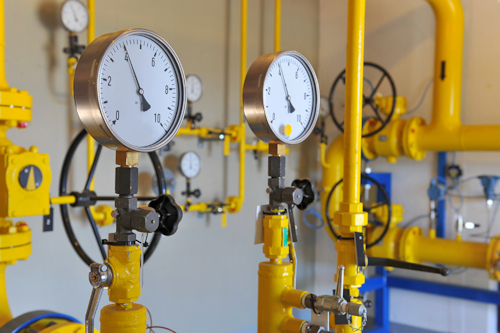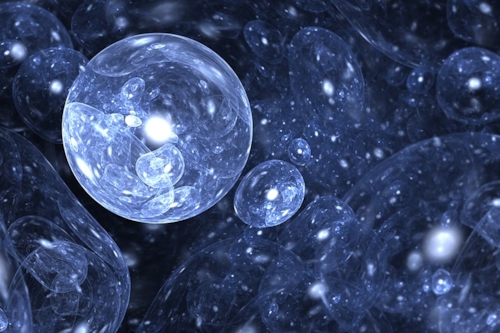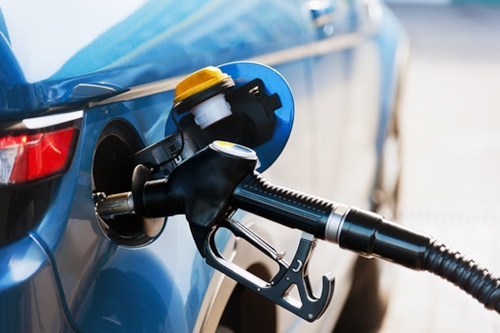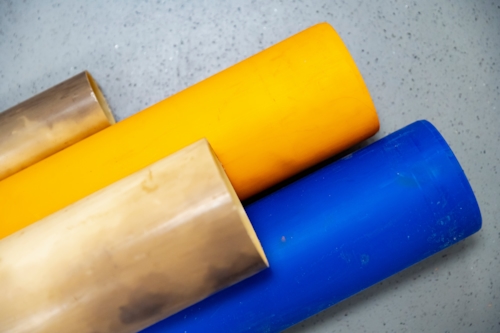Kiwa wins international award for innovative methane reporting
Kiwa, together with Alliander, DEP and Stedin, has won the IGU Global Gas Award during the 29th World Gas Conference (WGC2025) in Beijing. The award was granted for the paper ‘OGMP 2.0 Methane Emissions Reporting: The Dutch Approach’.










